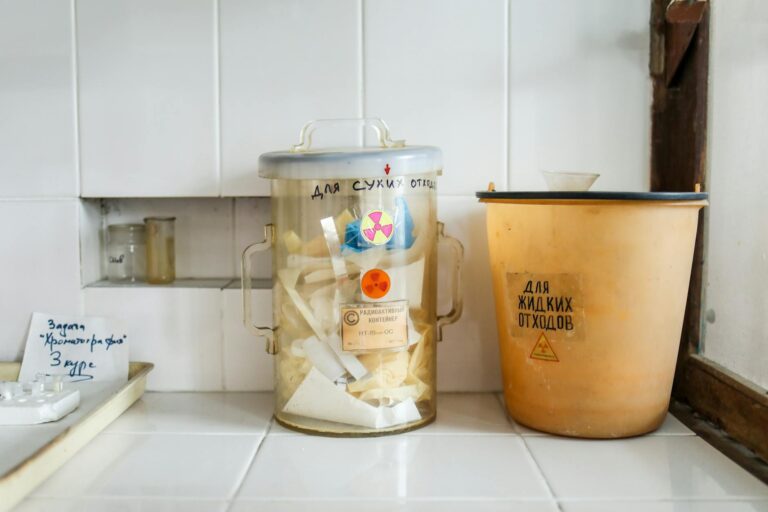India’s Naval Mines: The Silent Game-Changer Against China and Pakistan
Let’s Talk About India’s Underwater Defense
You know what’s crazy? India’s got this massive coastline—over 7,500 kilometers of it. That’s like driving from Mumbai to Kolkata and back… twice. Awesome for trade, but a nightmare to defend. And here’s the thing: while everyone’s busy talking about fancy warships and submarines, there’s this quiet hero in India’s defense playbook—naval mines. They’re like underwater tripwires, and honestly? China and Pakistan should be sweating bullets over them.
1. Naval Mines 101: Why They Matter
What Exactly Are These Things?
Picture this: underwater bombs that sit there quietly until some unlucky ship trips them. They can go off from touch, magnetic fields, even sound—kinda like how your phone lights up when you clap near it. And get this—new ones can tell friend from foe. Sneaky, right?
A Blast from the Past
Mines aren’t new. World War II? They sank more ships than torpedoes. And India’s used them too—remember 1971? Our mines basically locked Pakistani ports tighter than Delhi traffic during rush hour. Game over.
2. India’s Mine Game: Stronger Than You Think
Homegrown Tech That Packs a Punch
We’re not just buying mines off the shelf. That SMART system? It’s ours—fires torpedo-mines like a missile. And with some help from Russia and the U.S. (awkward friends, but useful), our underwater defenses are getting seriously scary.
Playing Hide and Seek at Sea
Here’s how it works: we plant mines in “dark spots”—those sneaky areas where enemy subs might creep in. It’s like leaving Lego pieces on the floor at night—except these Legos blow up ships. During a war? Instant supply chain nightmare for the bad guys.
3. Why China’s Sweating and Pakistan’s Nervous
China’s Big Ocean Problem
China’s navy is everywhere these days—like that one guest who overstays their welcome. But mines? They’re the ultimate party poopers. Imagine the Malacca Strait—that narrow shipping lane China depends on—suddenly full of underwater surprises. Beijing’s admirals would have kittens.
Pakistan’s Covert Ops Nightmare
Pakistan loves sending subs and tiny boats to stir trouble. Mines turn their sneaky tactics into suicide missions. One wrong move and boom—no more submarine. That’s the kind of message that sticks.
4. It’s Not All Smooth Sailing Though
The Cat-and-Mouse Game
Sure, enemies can send minesweepers or drones to clear paths. But our smart mines? They play dead until the coast is clear—literally. Like that one friend who pretends to sleep when it’s their turn to buy chai.
The Messy Aftermath
Here’s the ugly part: mines don’t discriminate. Fishing boats, cargo ships, even dolphins—they’re all at risk. And clearing them post-war? Takes decades. We’re still finding WWII mines in some places. That’s the price of security, I guess.
5. What’s Next for India’s Underwater Defense
Mines Get Smarter
We’re working on AI-powered mines that learn enemy patterns. Imagine mines that reposition themselves—like chess pieces that move when you’re not looking. Terrifying? Absolutely. Effective? You bet.
The Diplomatic Tightrope
More mines mean more tension, but also more security. It’s like having a big dog—neighbors might complain about the barking, but they’ll think twice before jumping your fence.
Final Thought: Silent But Deadly
At the end of the day, naval mines are India’s underwater insurance policy. They won’t make headlines like fighter jets, but they’re the reason enemies think twice before messing with our waters. Are they perfect? No. But in a world where China’s flexing and Pakistan’s scheming, sometimes the quietest tools pack the loudest punch.
Source: News18 Hindi – Nation












